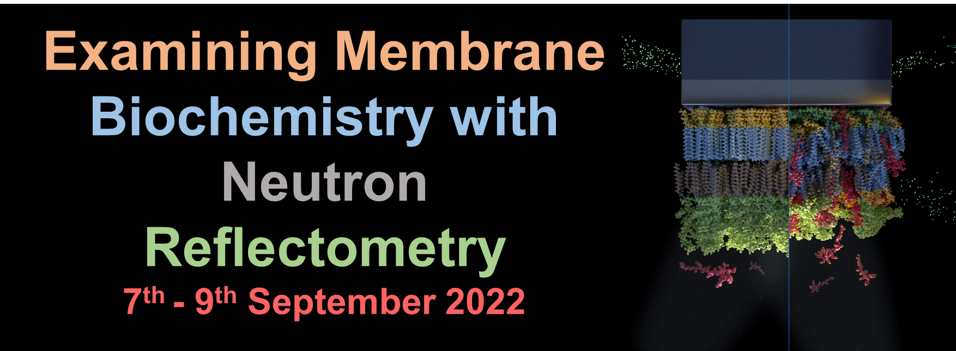Speaker
Description
Nonionic surfactants are widely added into commercial pesticide formulation to help enhance pesticide solubilisation, increase droplet coverage on plant surface and transport active ingredients across plant “skin”, the wax film. However, our current knowledge of these interactions at the molecular level still remains very limited. As a result, little is known about how these interactions implicate pesticide solubilisation and efficiency of delivery into plant wax film. We have undertaken extensive investigations to follow a typical agro-spray process where the configurational alterations of surfactant micelles with and without pesticide solubilised upon exposure to plant waxes were examined by small angle neutron scattering (SANS), cryogenic transmission electron microscopy (cryo-TEM) and nuclear magnetic resonance (NMR) whilst the structural changes of the reconstituted wax film before and after exposure to pesticide and surfactant were determined by neutron reflection. Pesticide solubilisation altered micellar micellar length, whilst shrinking and dehydrating their shells, leading to consequent decrease in the cloud points. When waxes were further solubilised into the pesticide-loaded micelles, pesticides were partially released from the micelles, resulting in the adjustment of micellar structures by shortening micellar lengths, whilst expanding and rehydrating their shells. In contrast, the dynamic adsorption of pesticides and surfactants onto model wax films from neutron reflection in combination with deuterium labelling to wax, surfactant and solvent revealed that the hydrophobicity of the substrate influenced wax film morphology and integrity. From stable wax films formed on the hydrophobic substrate, it was feasible to observe how surfactants adsorbed onto and penetrated into the wax film and then altered local wax film structure. These studies altogether have provided a useful rationalisation of the interplay between surfactant structures, pesticide structures and environmental factors that affect pesticide loading and release.

